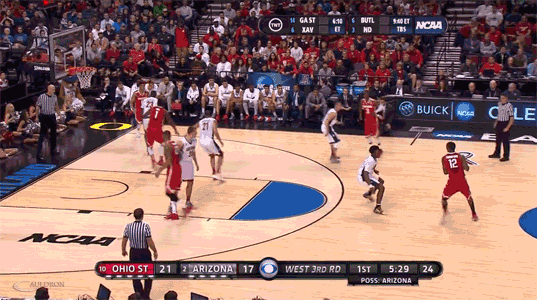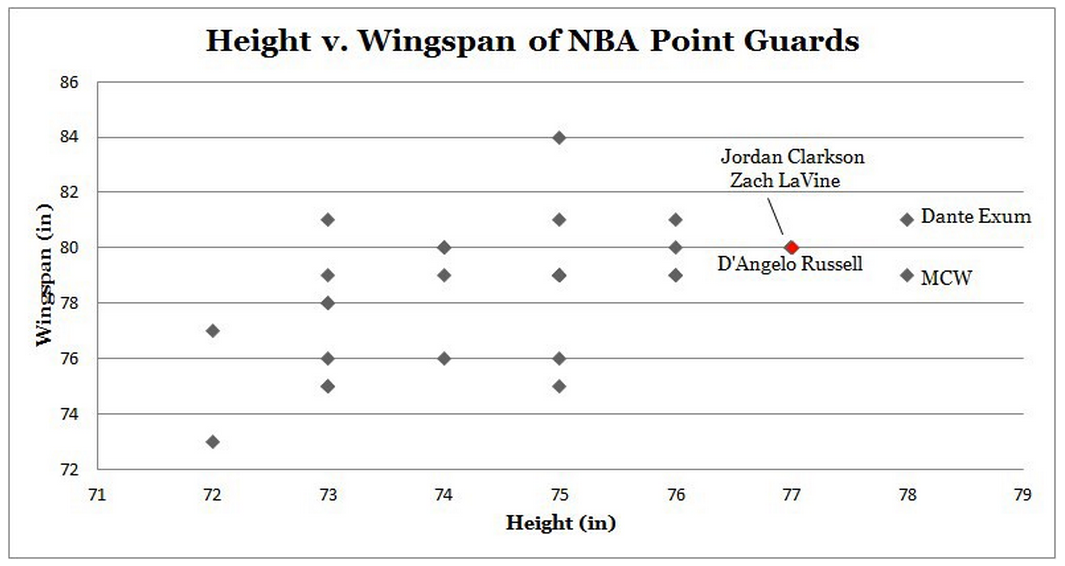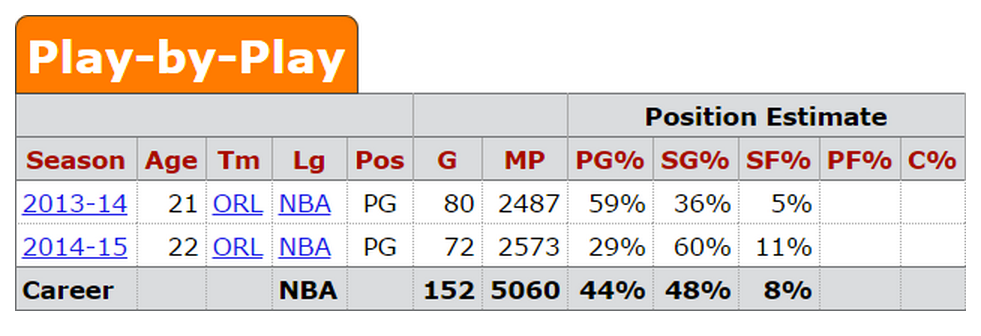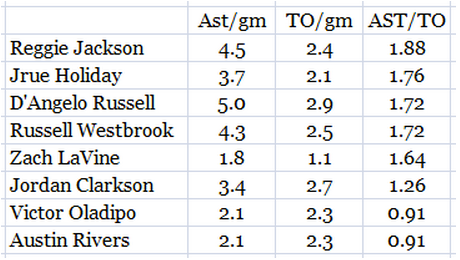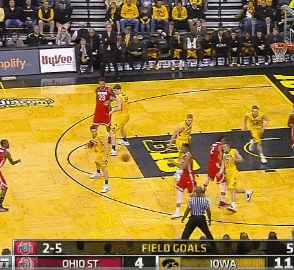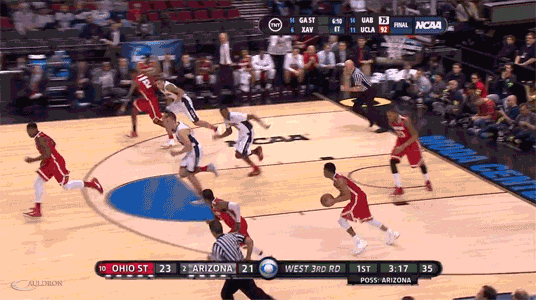- 38,407
- 7,519
- Joined
- Jun 1, 2008
Even Vivek couldn't mess up Boogie/Towns.
Beige Block Boys.

Collison/Ben/Rudy/KAT/Boogie is a SOLID lineup for now and the future.
West would turn into an even bigger bloodbath.
Beige Block Boys.


Collison/Ben/Rudy/KAT/Boogie is a SOLID lineup for now and the future.
West would turn into an even bigger bloodbath.








